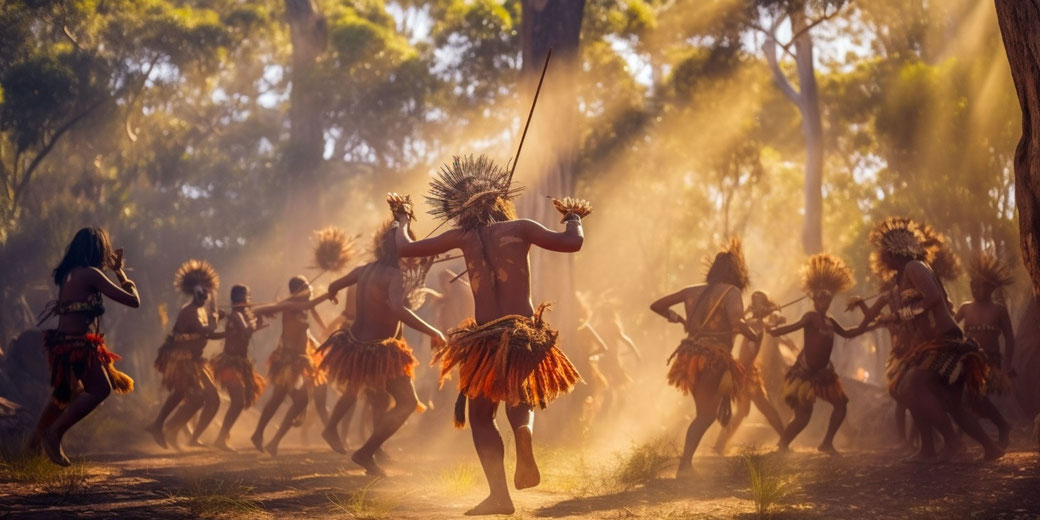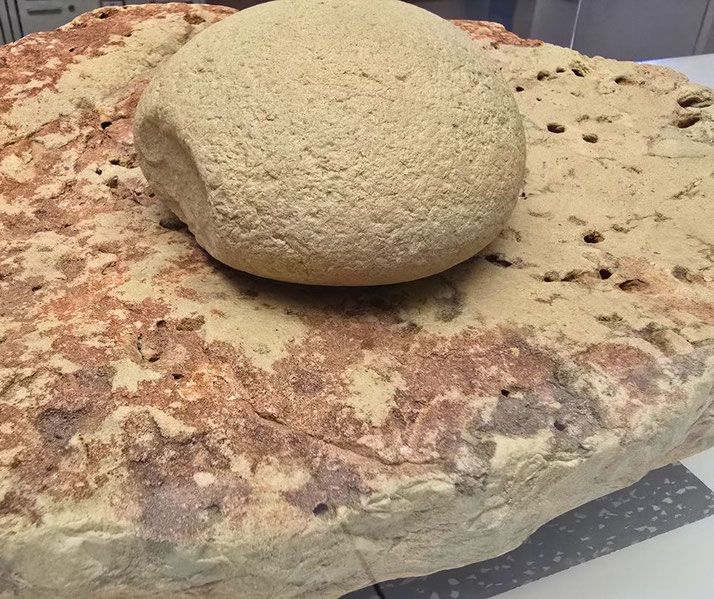Totems, moieties, and kinship: Australian First Nations societies

The First Nations people of Australia have lived on the continent for over 65,000 years, making them the world's oldest living culture.
During this time, they developed a unique kind of society that focused on the connection between people and with nature.
How First Nations societies were structured
Central to the life of the First Nations people were their social structures, which included families, clans, and larger kinship groups.
These groups weren't just about who was related to whom; they determined how people interacted with each other and the world around them.
Most First Nations peoples lived in small groups of extended families or clans who were linked by kinship and spiritual ties.
These groups were often nomadic, moving around their traditional lands in search of food, water, and other resources.
They had a deep knowledge of their environment and ecosystems, and their social and cultural practices were closely tied to the natural world.
Within each community, there were typically leaders or elders who were respected for their wisdom and experience.
These leaders were often responsible for making decisions on behalf of the group, resolving disputes, and maintaining order.
They were often supported by other skilled individuals, such as healers, hunters, and spiritual leaders.
Moieties are a fundamental social organization system found in many First Nations communities.
Moieties are dual social groups, often referred to as "skin groups," that divide the community into two distinct halves.
Each person belongs to one of the moieties, and this affiliation determines their social roles and relationships, including who they can and cannot marry.
For example, in some communities, members of one moiety are required to marry members of the other moiety.
The importance of totems
Totems were another important social organization system found in many First Nations communities.
A totem was like a special symbol for a clan, connecting them deeply to the land and its creatures.
These totems could be animals, plants, or natural features such as rocks or waterholes.
Members of a clan or family group are believed to have a spiritual connection with their totem, which they must respect and protect.
In some communities, marriage laws dictate that individuals cannot marry someone with the same totem.
How knowledge was passed down
One of the most remarkable aspects of the First Nations culture was their way of passing down knowledge.
Without written books or the internet, they relied on oral traditions. Stories, songs, dances, and art, like the stunning rock paintings, were not just entertainment.
They were vital tools to teach the next generation about their laws, responsibilities to the land, seas, waterways, sky, and universe, and the intricate kinship structures.
The land was not just a place to live; it was a living entity with its own rights. Each clan had its territory, which was clearly defined, whether it was on land or sea.
These territories had their own rules and systems. For example, there were land tenure systems that decided who could use which part of the land and when.
Trade was also common, with items like ochre, medicine, and trepang (sea cucumbers) being bartered between groups.

What do you need help with?
Download ready-to-use digital learning resources
Copyright © History Skills 2014-2024.
Contact via email
With the exception of links to external sites, some historical sources and extracts from specific publications, all content on this website is copyrighted by History Skills. This content may not be copied, republished or redistributed without written permission from the website creator. Please use the Contact page to obtain relevant permission.





